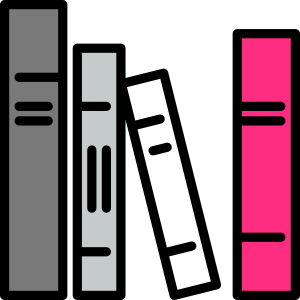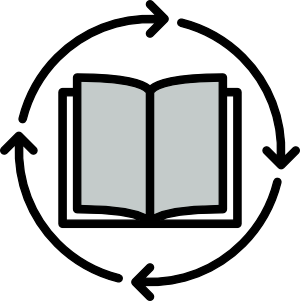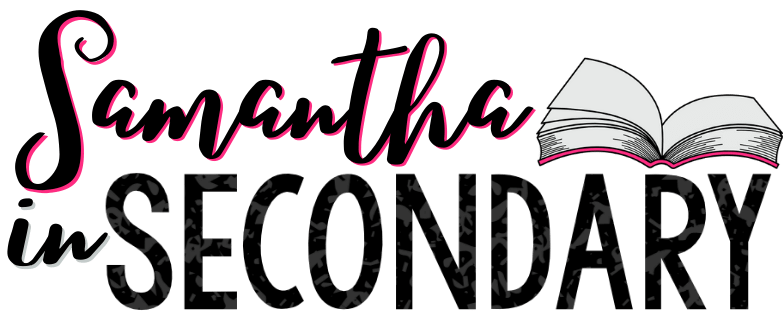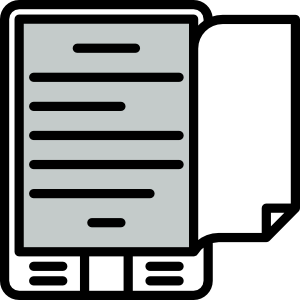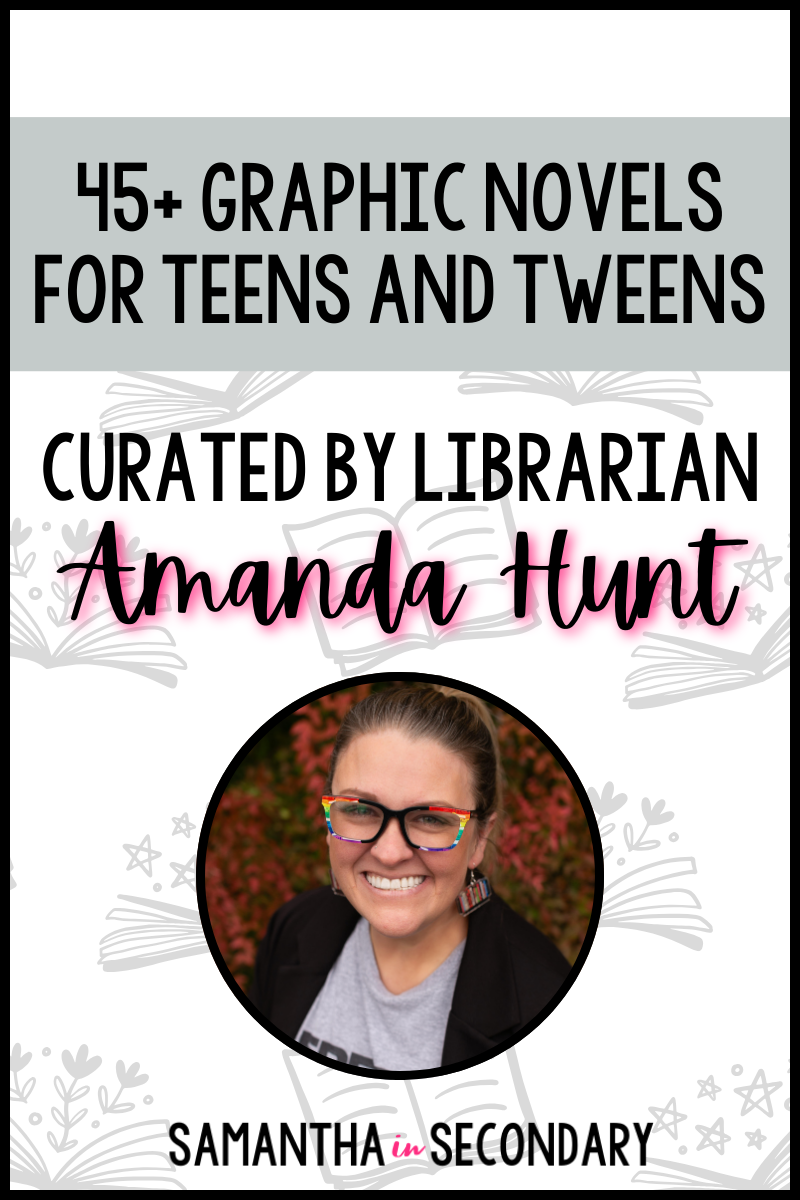As students head back to school, ELA teachers everywhere are considering how they are going to begin the school year, so I wanted to walk you through one of my favorite lesson plans entitled, “Why do we read?”
As an educator, there are few things as exciting and rewarding as introducing a young person to the wonders of great literature. But before you take your secondary ELA students any further into literary exploration, it is important to ensure they have a solid understanding of why we read in the first place. You’d be surprised how much more buy-in you’ll have with your students if they can grasp why reading is important in the first place.
With this introductory lesson plan, you can provide your students with an engaging introduction to the foundations of literacy – helping them develop meaningful relationships with stories and characters that will last for years to come.

Structure of the “Why Do We Read” Lesson
This lesson is best set up in chunks or as stations with an anticipatory set and an exit activity for reflection. Although there is a natural flow of ideas, if you set your students up with a good introduction and bring them back to reflect at the end, it won’t matter in what order the content is consumed.
Begin the lesson with the introduction activity and then allow students to work through each type of media. You can choose one of each for them to explore, or lay them all out and let students choose for themselves. I’m linking all of the media below that I believe would work best for this lesson, but if you find something great, include it. (Also, please share with me in the comments or through email at samanthainsecondary@gmail.com. I’d love to include even more ideas!) The lesson is flexible to incorporate as many ideas as you can find. (Because truly, students need a lot of modeling when it comes to good reading.)
Introduction
Begin by asking students the question: “Why Do We Read?” Give students a few moments to brainstorm quietly before finding a way to share out. Do a graffiti wall on a white board, use post it notes, etc. Share the ideas together and note any commonalities.
Set students up to consume the media below one category at a time. They can either choose one from each of the categories or you can choose for them. You can even do these together one at a time if that is easier for you. For each item, have students take notes on why the author believes reading is important.
TED Talks
- The Benefits of Reading by Ella Lee
- How Books Can Open Your Mind by Lisa Bu
- Why Reading Matters by Rita Carter
Literary Analysis
- YA Books Make Us Feel Safe to Be Who We Really Are by Jason Reynolds
- The Importance of YA Fiction by Helen Donohoe
- How and Why We Read by John Green (Crash Course Video)
- Author’s Note from Hello Stranger by Katherine Center (Although this is geared towards romance readers, it’s a beautiful ode to why some people fall in love with a specific genre and can really resonate with readers of all ages.)
Informational Text
- 8 Science-Backed Reasons to Read a (Real) Book by Abigail Wise
- Benefits of Reading Books: How It Can Positively Affect Your Life from Healthline
- Why We Should Read Books Every Day by Young Readers Foundation
Quotes
- “Usually, I set one foot in a library and I feel my own internal volume lower. A library is a physical equivalent of a sigh. It’s the silence, sure, but it’s also the certainty of all those books, the way they stand side by side with their still, calm conviction. It’s the reassurance of knowledge in the face of confusion.” – Deb Caletti, The Last Forever
- “That’s why literature is so fascinating. It’s always up for interpretation, and could be a hundred different things to a hundred different people. It’s never the same thing twice.” – Sarah Raasch, Snow Like Ashes
- “Once you read something, you can’t erase it from your brain.” – Lisa McMann, Wake
Reflection/Exit Slip
Give students time to consider their thoughts on the media and share with a partner and also out loud as a class. See what misconceptions about reading students may have that can be clarified. Consider what questions they still have. This is the time to help students make connections and understand why reading is important beyond a school setting. Have students write their takeaways on a post-it or a note card and turn it in so you can see what resonated with them.
Done-for-You Resource
Love this idea, but don’t have the time to put it together? Let me help! I have a complete print-and-go resource that you can implement in your class tomorrow. It’s low-prep and includes both printable and digital options to support you no matter how you may be teaching. Click here or the image below to check it out.

Taking the time to explore the topic of why and even how we read can create curiosity in our learners that will lead to stronger buy-in when we inevitably ask them to complete tasks they don’t want to do. Understanding why reading is important and how it will help students outside of class is a meaningful and fruitful task that will pay in dividends throughout the school year.
I’d love to hear what you think of the lesson and what else you might add! Sound off in the comments below or follow me on Instagram to join the conversation.
Happy teaching!

